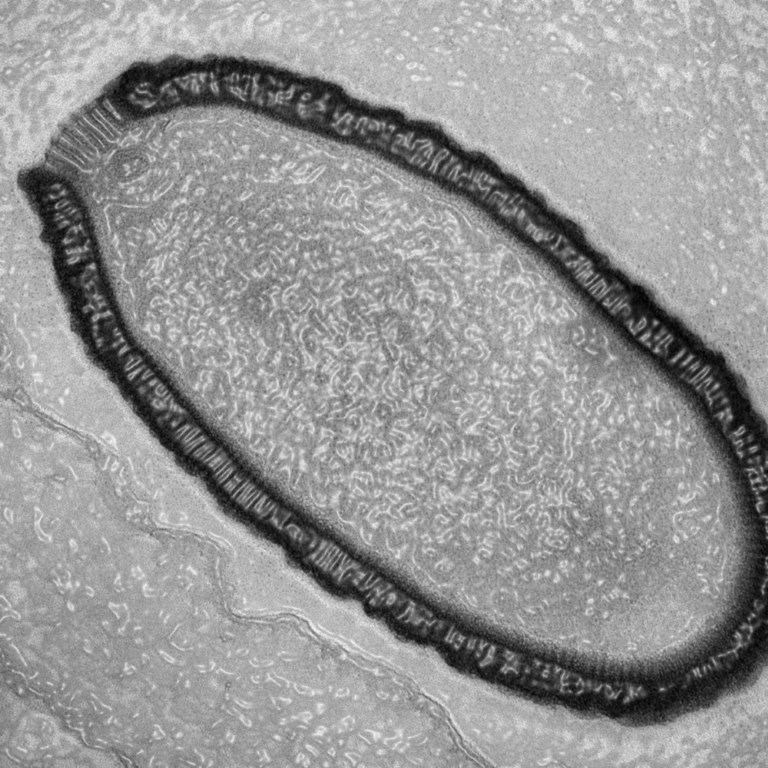The Rise of the Zombie Pathogens
May 12, 2017 | Expert Insights

According to research at the NASA Goddard Institute for Space Studies (GISS), the 10 warmest years have all occurred since 2000. The year 2016 ranked as the warmest on record at an annual average of 0.99 degrees Celsius.
Global warming is cause for rising sea levels and extreme weather conditions around the world. However, a larger threat has begun to surface- the melting of permafrost (a thick subsurface layer of soil that remains below freezing point throughout the year, occurring chiefly in Arctic regions such as such as Greenland, Alaska, Siberia, and Eastern Europe) releasing diseases we thought human civilisation had long left behind.
In August 2016, a 12-year-old boy in Serbia, Russia died as a result of anthrax infecting 20 other people before the disease was contained. It is speculated to have emanated from the defrosted corpse of a reindeer which made its way into the water system and food. Anthrax, however, isn’t the only disease we will have to foresee. Scientists predict the re-emergence of smallpox, Lyme disease and increased occurrence of Zika and cholera.
Analysis
Live viruses such as the 1918 Spanish flu have been found in bodies that were buried in Alaska, and it is believed that victims of the bubonic plague and smallpox are probably under permafrost in Siberia. Russia has years of experience in bacterial and viral pathogen research. With their technical and staff capabilities they could play a significant role within a global network for infectious diseases control. Although Russia does have multiple international co-operative programs, its scope is limited.
As of last year, the Centres for Disease Control and Prevention unveiled a $2.3 million renovation and addition to laboratory space in Anchorage, Alaska. The Alaska State Public Health Laboratory-Anchorage (ASPHL) has established a Statewide Laboratory Response Plan which provides the framework for timely laboratory-based detection and identification of bio threat agents in Alaska.
Assessment
USA’s 2001 anthrax attack kick-started various preventive measures to be taken in its permafrost inhabited country- Alaska. Russia however, has not been as proactive. The melting of the permafrost is a massive concern for human race as a whole. It resurfaces diseases from centuries ago that the present human race has neither the resistance for nor the knowledge of. Improvement of medical education to provide for a deeper, inclusive study into historical archives of medical diseases and development of vaccines is a step that must be undertaken globally.
Most often, the immediate community subjected to potential harbinger Arctic ice lands are tribes/ herder communities. Awareness must thus be provided to them about ancient diseases and emergency aftermath procedures. Special focus on health infrastructure development in tropical countries as an added preventive measure must not be forgotten as the climate in these regions is most favourable for the rampant spread of diseases after which containment proves all the more difficult.








Comments